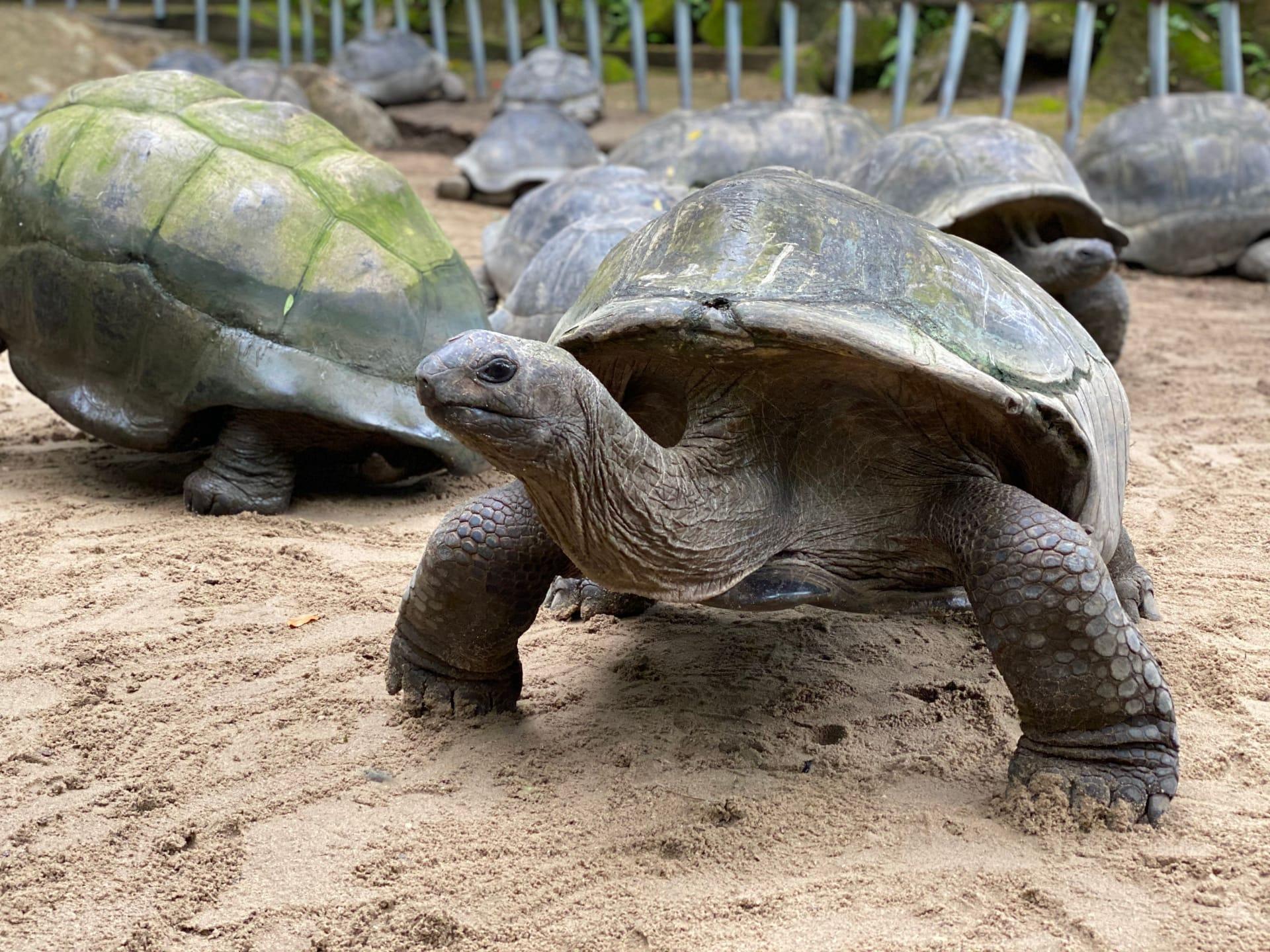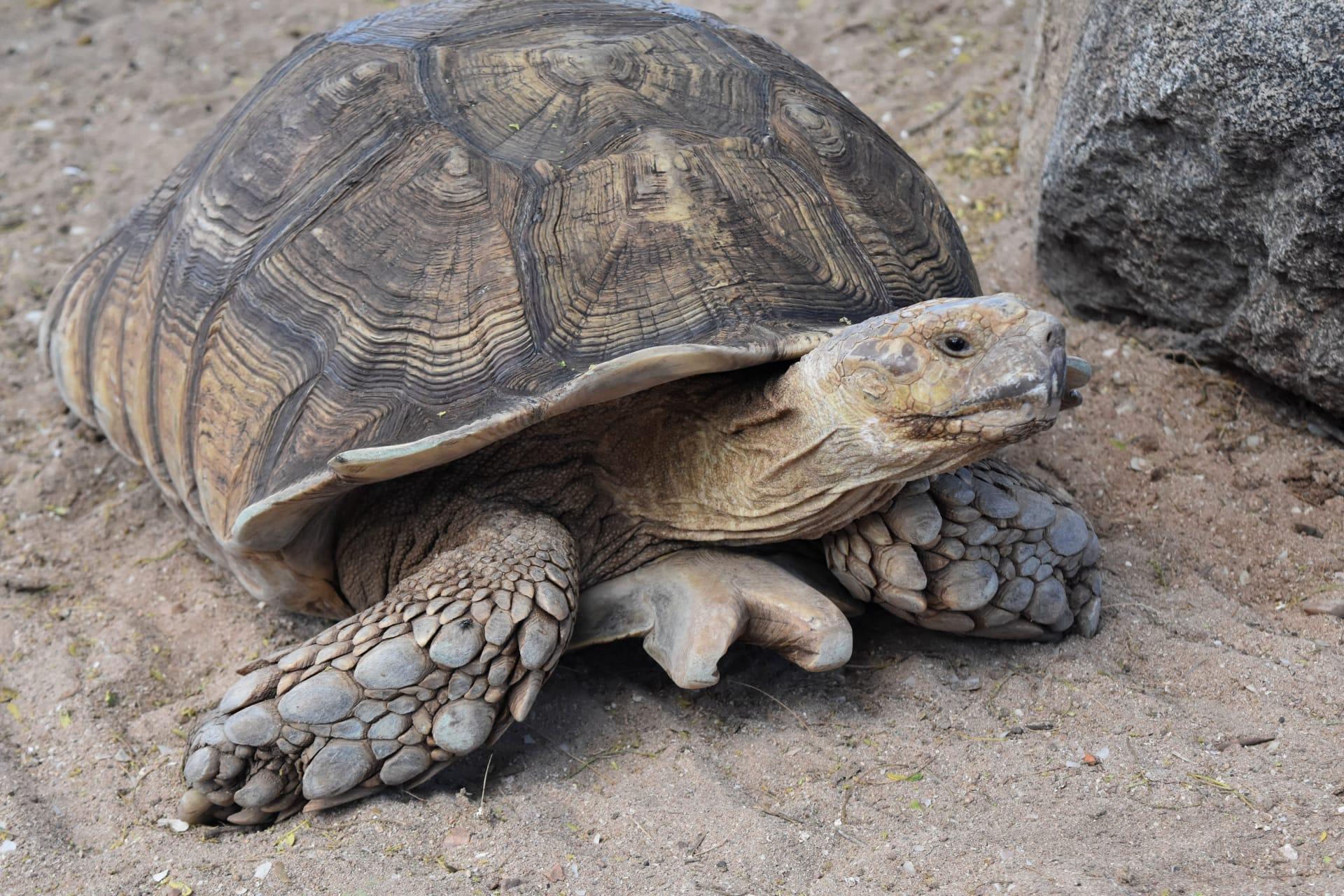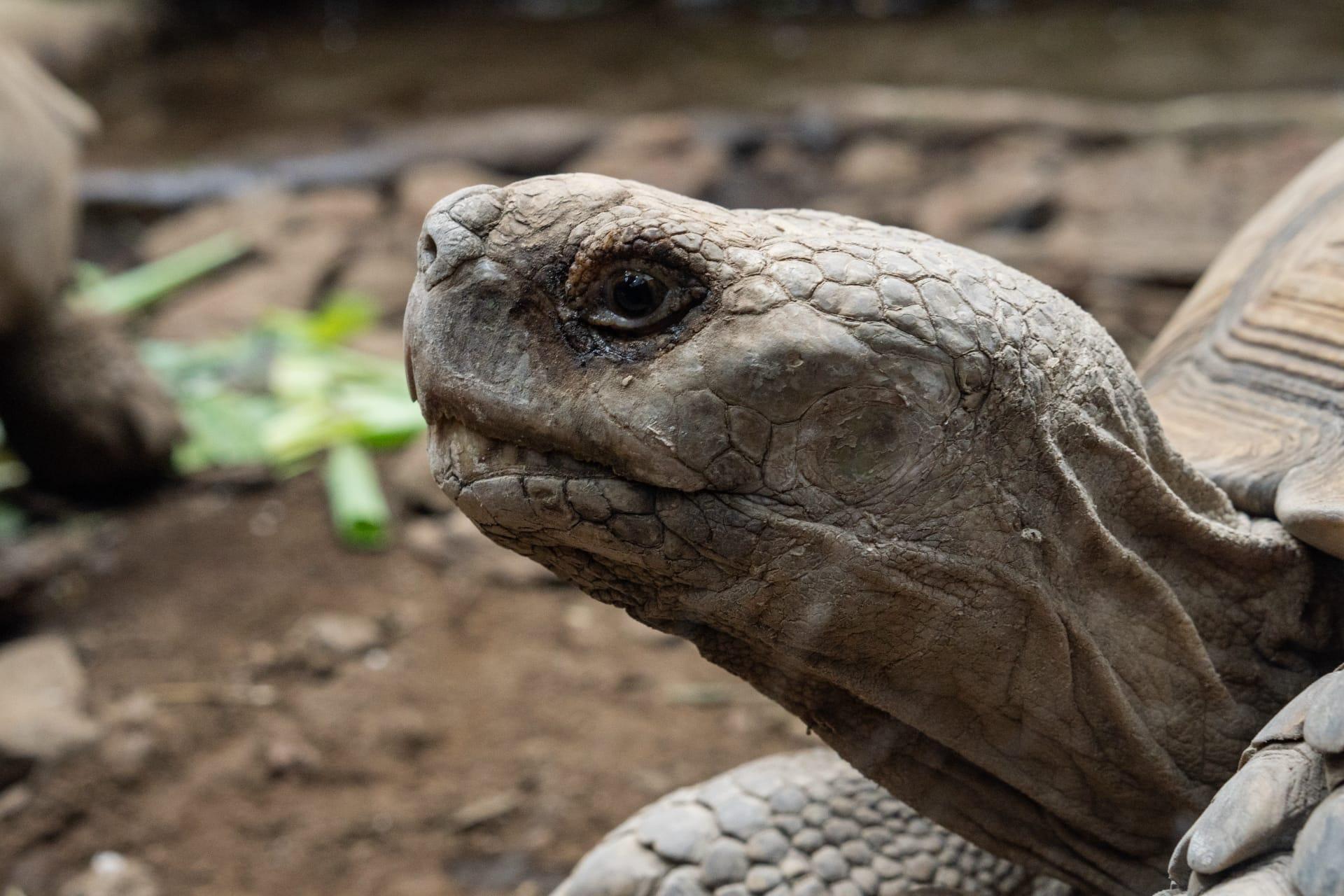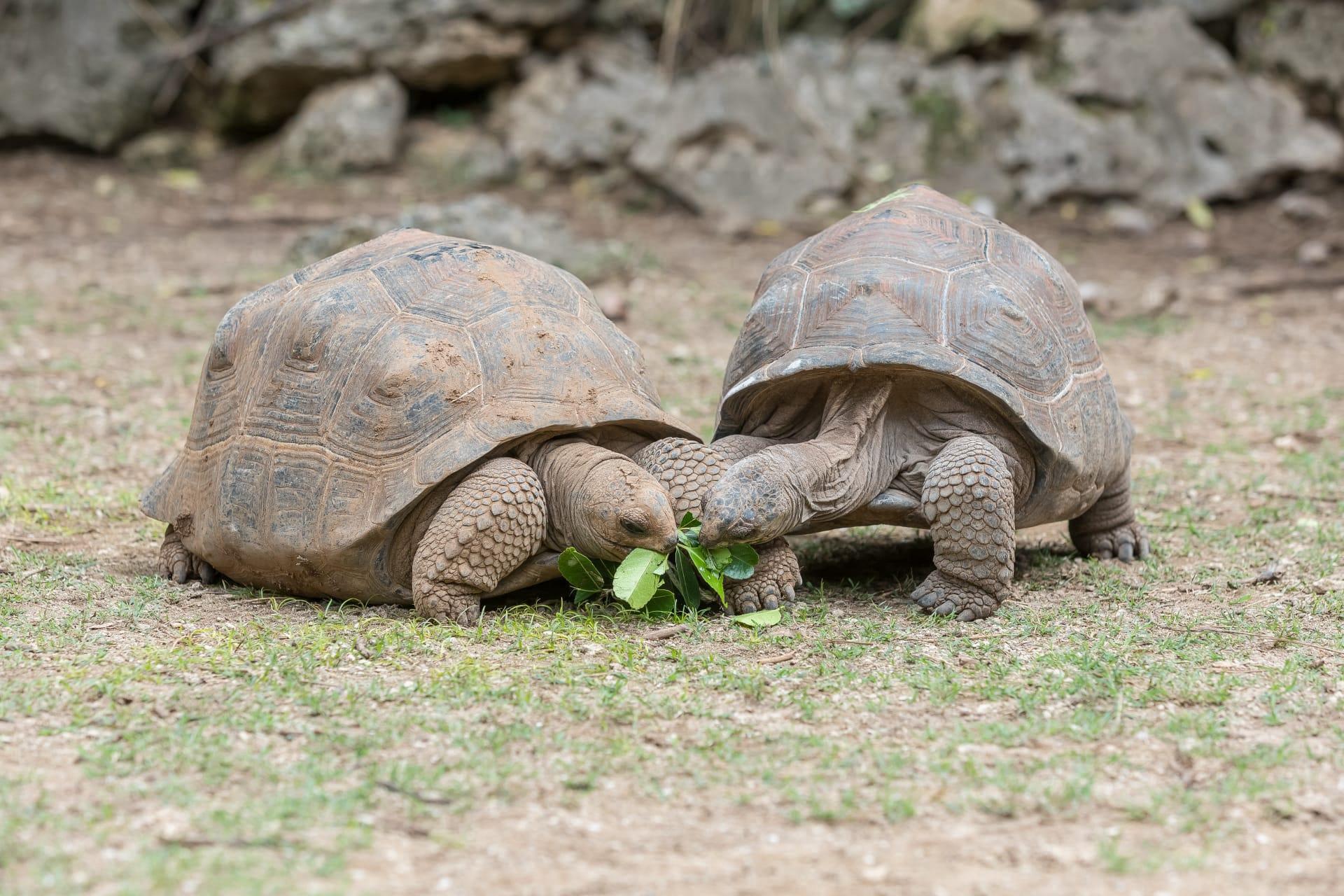Galapagos Tortoise Characteristics
- Home /
- Mini Encyclopedia /
- Animal /
- Galapagos Tortoise Characteristics
1
The Galapagos Tortoise is a giant among reptiles, known for its remarkable size and longevity. Adult Galapagos tortoises can weigh up to 417 kilograms (919 pounds) and grow to over 1.2 meters (4 feet) in length. Their lifespan is equally impressive, with many living well over 100 years, and some even surpassing the 150-year mark. This incredible longevity makes them one of the longest-lived vertebrates on our planet.
One of the most distinctive organs of the Galapagos Tortoise is its large, bony shell. This shell, an adaptation for protection, is an integral part of their skeleton, comprising both the ribcage and the spine. The shape and size of the shell can vary among different subspecies, largely influenced by their habitat. In some, the shell arches upwards allowing them to stretch their necks higher to reach vegetation, while others have a more rounded shell that offers better defense against predators.

2
Question: What do Galapagos Tortoises eat and how does their diet affect their size and lifespan?
Answer: Galapagos Tortoises are primarily herbivores, feeding on grasses, leaves, and cactus fruit. This diet, rich in fiber and low in fat, is crucial for their growth and longevity. The nutrients they obtain from their plant-based diet contribute to their massive size. Furthermore, their slow metabolism and low-energy lifestyle, supported by this diet, are key factors in their remarkable lifespan. They can go without eating or drinking for up to a year, a trait evolved to survive the harsh conditions of their island habitat.

3
The movement of Galapagos Tortoises is characterized by a slow and steady pace, reflecting their calm and deliberate nature. They can move at a maximum speed of about 0.3 kilometers (0.19 miles) per hour. Despite their slow speed, these tortoises are capable of traversing long distances, especially during the mating season or in search of food.
In terms of hunting, Galapagos Tortoises do not hunt due to their herbivorous diet. However, their feeding behavior is quite interesting. They use their strong, muscular legs and elongated necks to reach food. In some cases, they can even stand on their hind legs to reach higher vegetation, a remarkable feat considering their massive size and weight.

4
The Galapagos Tortoise inhabits the Galapagos Islands, a volcanic archipelago in the Pacific Ocean. This unique environment, with its varied microclimates and vegetation types, has led to the development of different subspecies of tortoises adapted to specific islands. Their habitat ranges from humid highlands, where lush vegetation is abundant, to the more arid lowlands.
Reproduction is a slow process for these tortoises. Females lay between 2 to 16 eggs, which they bury in sandy ground. The incubation period lasts about 4 to 8 months, depending on the temperature. Hatchlings are extremely vulnerable and have a high mortality rate, but those that survive can enjoy a remarkably long life, contributing to the slow but steady growth of their populations.

5
Book: "The Galapagos Tortoises: Navigators of the Pacific" by Henry Nicholls. Published in the United States in 2006, this book delves into the fascinating journey of these majestic creatures. Nicholls explores their biological and evolutionary history, their pivotal role in Charles Darwin's theory of evolution, and the ongoing conservation efforts to protect them.
Book: "Lonesome George: The Life and Loves of a Conservation Icon" by Henry Nicholls. Published in the United Kingdom in 2006, it tells the story of the most famous Galapagos Tortoise, Lonesome George. This book provides a compelling narrative of George's life as the last of his subspecies, highlighting the broader conservation issues faced by Galapagos Tortoises and the efforts made to preserve their species.